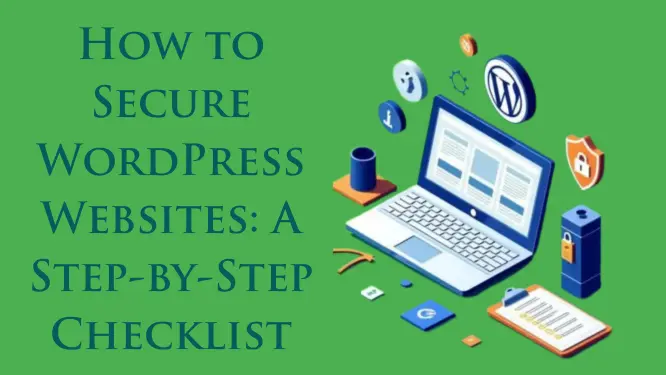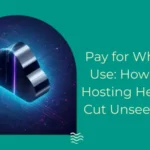Securing the WordPress website is a good task to shield sensitive data and information. These websites are always a favourite target for hackers and malicious bots. While the platform is itself secured, vulnerabilities arise due to poor configurations, outdated plugins, or weak credentials.
For businesses and individuals relying on WordPress, securing the website isn’t optional. You can get the best security feature with the cheapest hosting provider.
The good news is that securing a WordPress website does not always require technical expertise. With the clear checklist and consistent practices that you also follow in Node js web hosting, you significantly reduce risks and build a strong defence mechanism. Here’s a step-by-step guide to help you safeguard your WordPress website effectively.
Tips to Secure a WordPress Website
1. Keep WordPress Core, Themes, and Plugins Updated
One common way attackers exploit WordPress websites is through outdated software. Hackers scan for known vulnerabilities in old WordPress versions, plugins, and themes.
Frequent updates should remedy those gaps and ensure your site is secure and patched with the latest security updates. Having automatic updates turned on or scheduling scheduled manual checks would be ideal, so you don’t run the risk of leaving any doors open accidentally.
2. Use Strong Passwords and Two-Factor Authentication
Weak login credentials are an open invitation for cybercriminals. Predictable usernames like admin paired with a simple password make it easier for brute-force attacks to succeed.
Always utilize unique, strong passwords for all accounts related to your site, and apply two-factor authentication (2FA) as an extra layer of security. Even if someone gets your password, they cannot log in to your account unless they also access your second device.
Also Read
3. Limit Login Attempts and Use Captchas
Hackers attempt brute-force attacks by trying several password combinations until finding the right one. By default, WordPress doesn’t limit the login attempts, leaving the websites vulnerable.
Using a plugin to limit failed login attempts will stop users (bots included) from trying to access your website endlessly. Using a captcha additionally ensures that a real person is accessing your website, rather than bot attempts. Combined, these two methods reduce the risk of unauthorized access significantly.
4. Secure Your Hosting Environment
Most well-protected WordPress installation falls prey to the attack if the web hosting environment is weak. Shared servers without proper isolation or outdated software servers are primary entry points for attackers.
Select a hosting provider with built-in security functionality such as DDoS protection, a firewall, malware scanning, and automatic backups. A strong hosting foundation allows you to mitigate the risk of breaches that are out of your control.
5. Install an SSL Certificate
With an SSL encryption, the data sent between a website and a visitor is secure, and sensitive information such as login information or form information is not viewable by others. Other than security, SSL is also good in enhancing SEO and gaining trust among users.
Most hosting companies offer free SSL now, but it is best to ensure that your site is forced to HTTPS. This is to safeguard against any HTTP to HTTPS redirect in order to help all visitors to your site the same level of assurance.
6. Regularly Back Up Your Website
Irrespective of the precautions you take, there is a chance that the website can easily be compromised. Having regular backups ensures you can restore the website quickly without losing valuable content or data.
Automated backup plugins as well as hosting-level backup services are critical safety nets. Be sure to keep multiple copies of your backups in several locations, such as cloud storage, external drives, etc., to ensure reliability.
7. Use Security Plugins and Firewalls
WordPress security plugins act as a shield to the website by offering different features like malware scanning, firewall protection, and suspicious activity monitoring. They can identify abnormal patterns early and prevent any threats from causing damage.
Using a quality plugin like Wordfence, Sucuri, or iThemes Security gives you more oversight and control of your site protection. These plugins add a layer of protection from the attacker and your content.
Conclusion
The process of securing WordPress doesn’t have to be an overpowering activity, provided you abide by a set structure. Whether it includes revising the foundation files and employing a powerful password to putting into use firewalls and backups, each measure creates a refuge against attack. This is where persistence is the trick; protection is not a one-day effort but rather an ongoing commitment.
Reliable hosting, sound practices, etc keep your site secure against the common risks. It ensures you are able to go right ahead dealing with developing your business, without having any concerns over security failures. A well-secured WordPress site not only safeguards your data, but also generates trust on your visitors and is paramount in building your online reputation.





